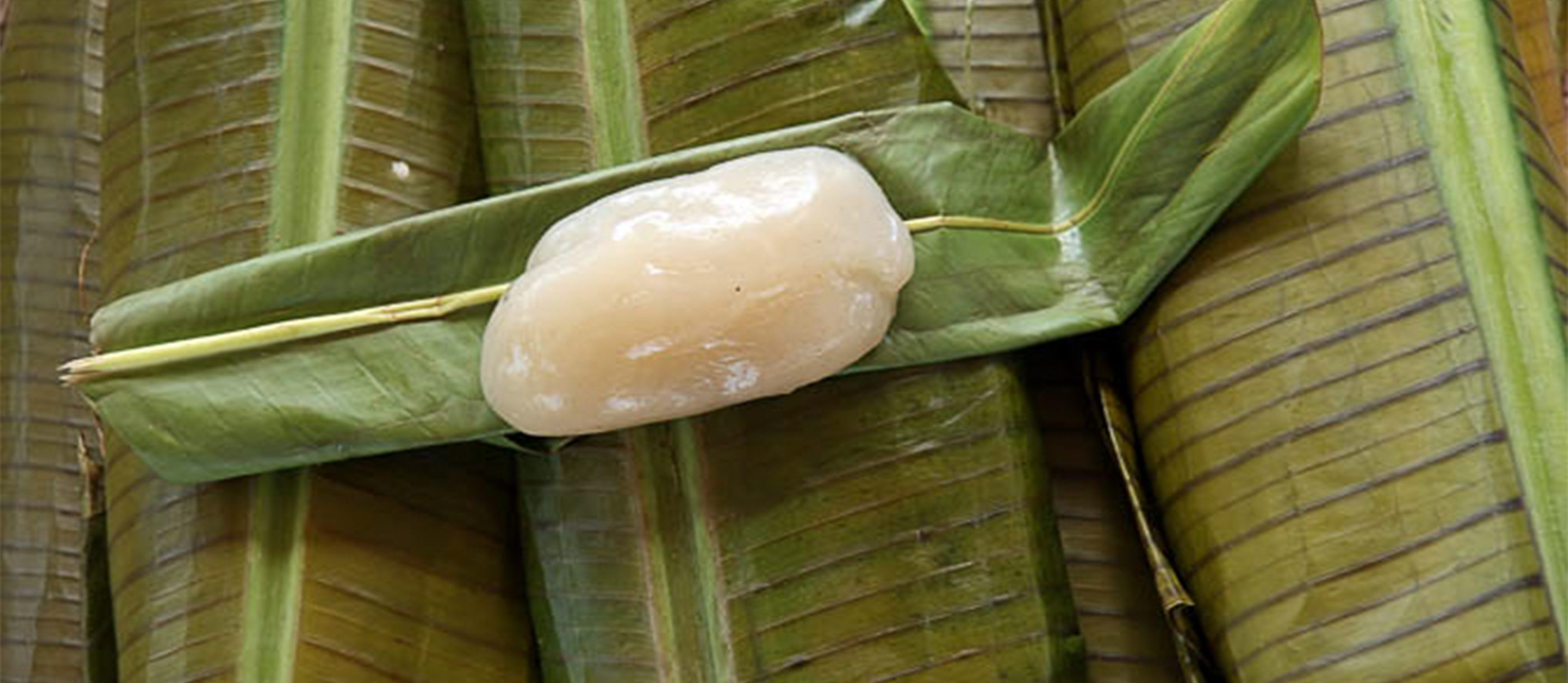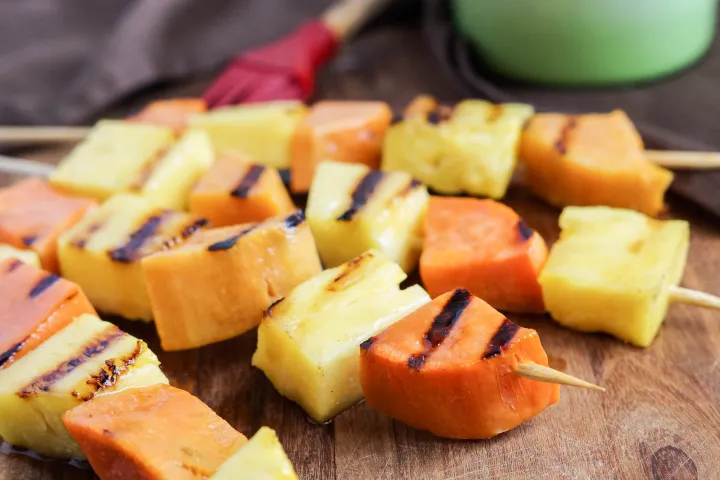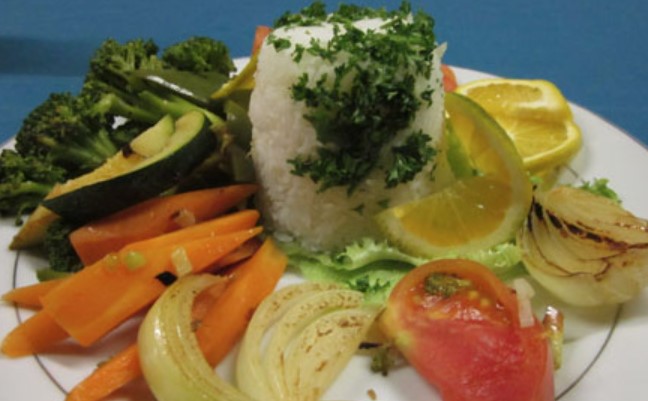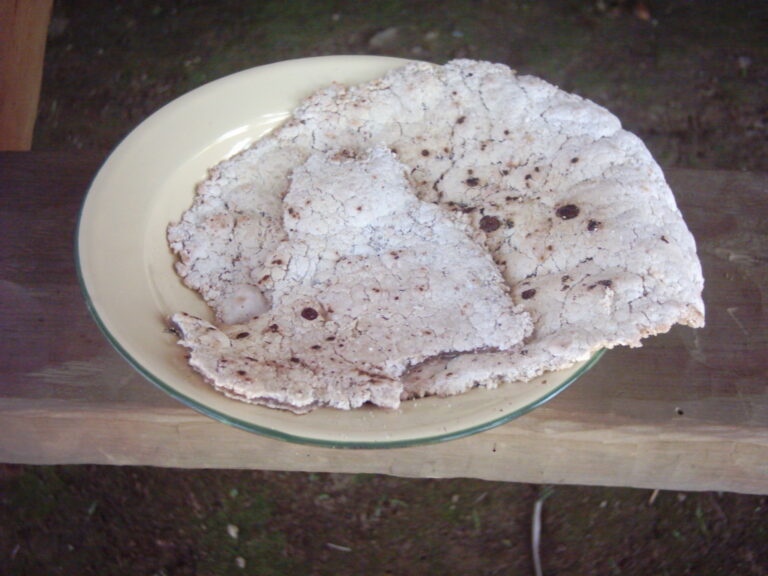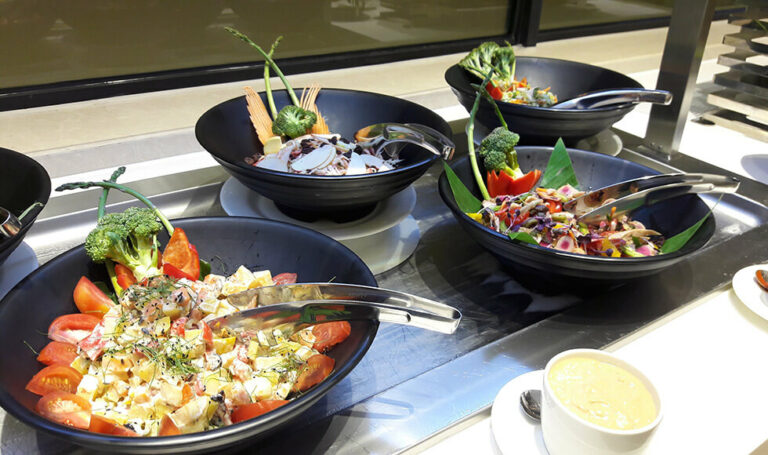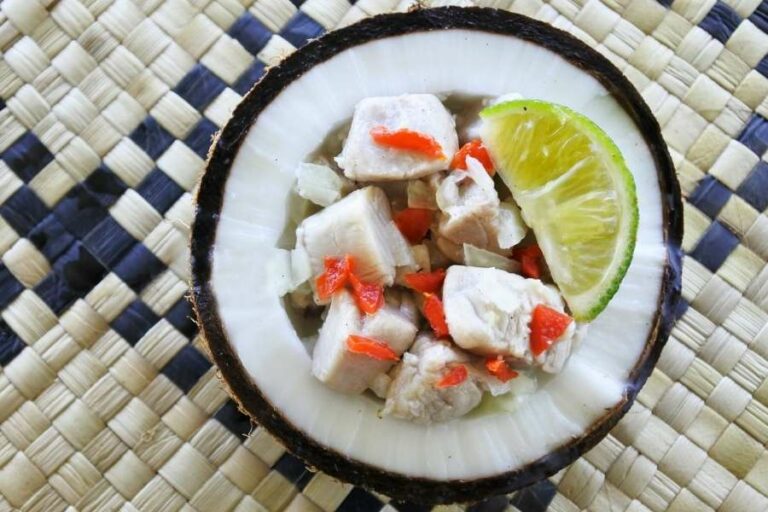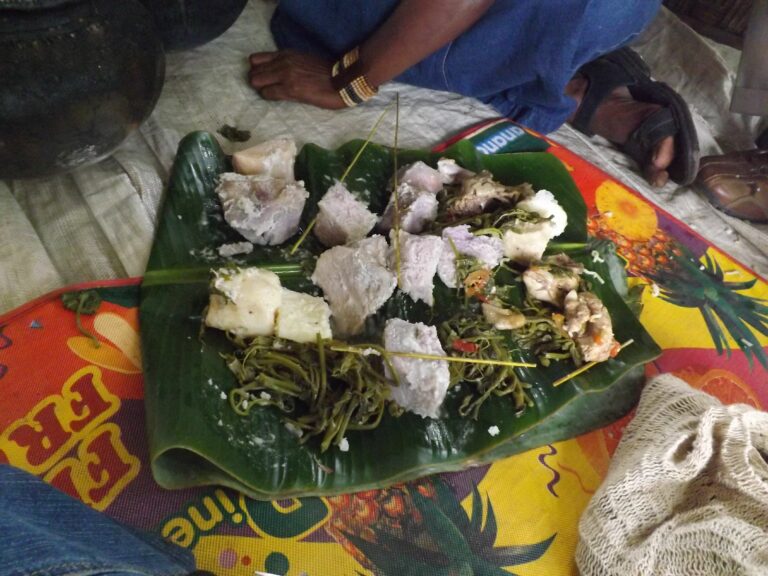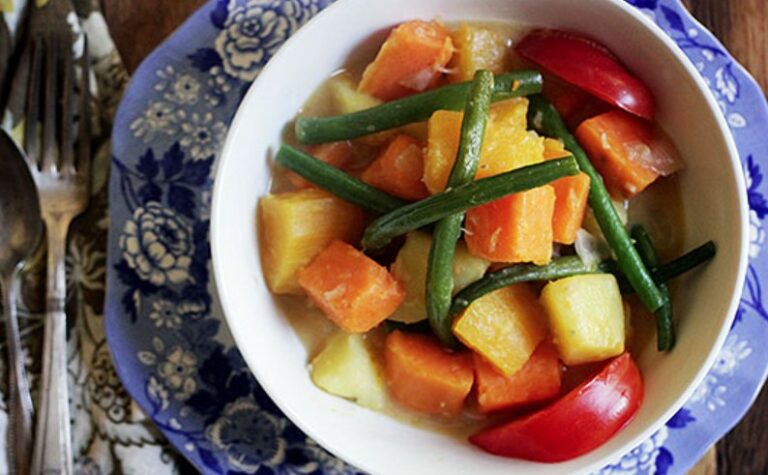Introduction: Papua New Guinean cuisine
Papua New Guinea is a diverse country located in the southwestern Pacific Ocean. It is known for its rich and unique cultural heritage, which is reflected in its cuisine. Papua New Guinean cuisine is a blend of traditional staples, local ingredients, and modern influences from neighboring countries.
The cuisine of Papua New Guinea is largely characterized by its use of fresh and locally sourced ingredients. Due to the country’s mountainous terrain and dense rainforests, there is a wide variety of fruits, vegetables, and meats that are available to use in cooking. The traditional way of cooking in Papua New Guinea is by using open fires, earthen ovens, and bamboo steamers.
Traditional staples and ingredients
Traditional staples in Papua New Guinean cuisine include taro, yams, sweet potatoes, cassava, and sago. These starchy vegetables are often used in making puddings, fried snacks, or as a side dish. Protein sources include seafood, poultry, and pork, which are cooked with coconut milk, spices, and herbs. Additionally, wild fruits and vegetables such as papayas, pineapples, and betel nuts are also commonly used ingredients in local dishes.
Popular dishes: variations by region
Papua New Guinean cuisine varies from region to region, and each area boasts its own unique set of dishes. In the highlands, the traditional dish is “mumu,” a meal made of meat, vegetables, and sweet potatoes cooked in an underground pit oven. The coastal regions offer a wide range of seafood dishes, from grilled prawns to fish curries. In the capital city of Port Moresby, you can find a variety of international cuisine, including Chinese, Indian, and Italian restaurants.
Unique flavors and cooking techniques
Papua New Guinean cuisine is known for its unique flavors and cooking techniques. The use of coconut milk, ginger, lemongrass, and turmeric gives the dishes a distinct flavor. Additionally, the traditional method of cooking in an “umu” or pit oven imparts a smoky flavor to the food. Smoking is also used as a preservation method for meat and fish.
Influence of neighboring countries
Papua New Guinea’s cuisine has been influenced by its neighboring countries such as Indonesia, Malaysia, and Australia. This has led to the incorporation of spices such as chili, ginger, and garlic into local dishes. Additionally, the introduction of wheat and rice has also changed the way some traditional dishes are prepared.
Conclusion: Exploring Papua New Guinean cuisine
Papua New Guinean cuisine is a unique blend of traditional staples, local ingredients, and modern influences. Its diverse flavors and cooking techniques make it an exciting cuisine to explore. Whether you are looking to try traditional dishes or international cuisine, Papua New Guinea offers a range of options to satisfy every palate. So, next time you visit Papua New Guinea, be sure to immerse yourself in the local cuisine and experience the country’s rich culinary heritage.


